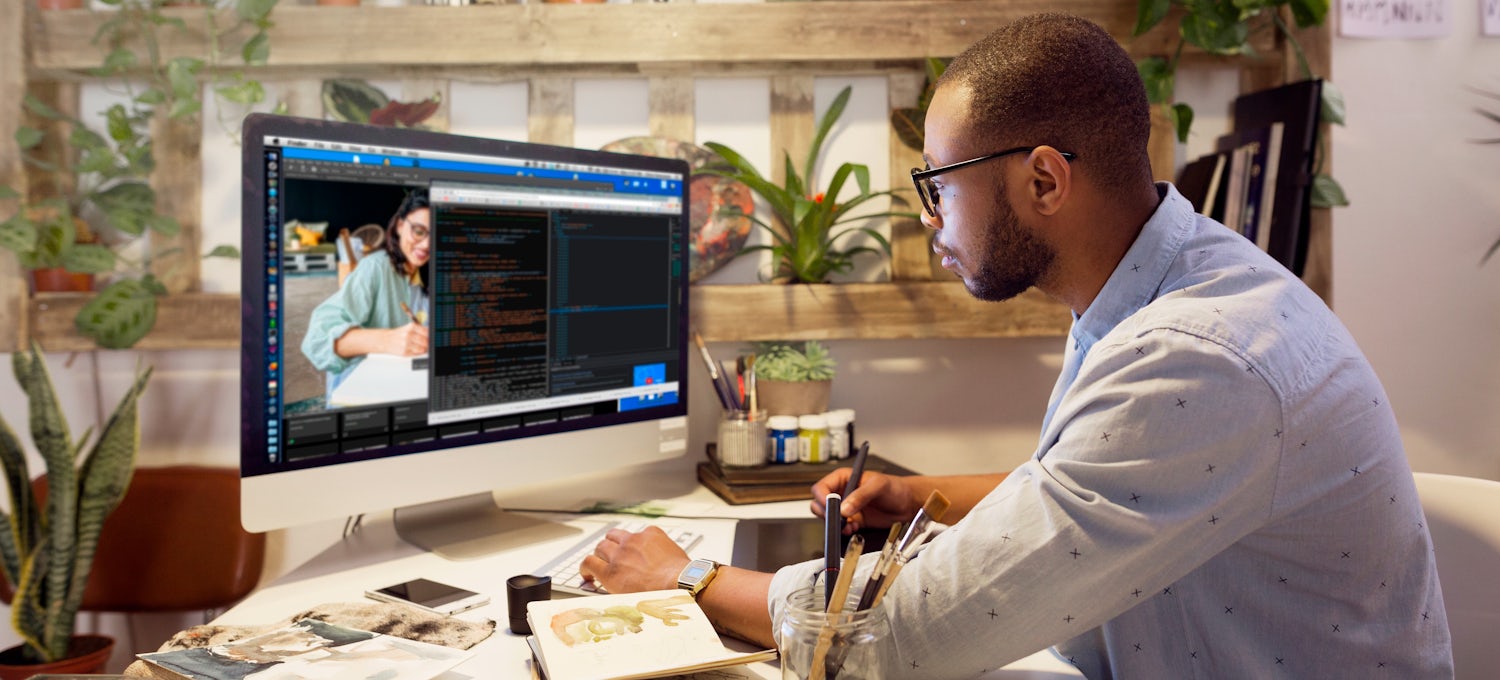Creative Website Design Solutions for Modern and Engaging Websites
In the world of internet style, the quest of contemporary and appealing options has actually ended up being progressively crucial for services intending to catch individual attention. By integrating bold shade systems, interactive components, and receptive designs, designers can create experiences that not only reverberate with customers however likewise enhance brand identification.
Welcoming Strong Color Schemes
In website design, the calculated use of bold shade systems can substantially improve user engagement and brand name identity. By employing vivid colors, designers can create aesthetically striking web sites that capture focus and promote an unforgettable experience. A well-chosen shade combination not just shows a company's worths however also stimulates particular emotions that can affect user actions.
Strong shades can be utilized to guide users' focus to crucial elements such as phone call to action, enhancing conversion prices. For example, utilizing contrasting colors for switches and web links can make these aspects stand out, motivating users to engage more easily. Additionally, a natural color pattern throughout the site enhances brand recognition, developing a feeling of experience and trust fund among visitors.
However, it is vital to stabilize bold colors with appropriate white room to stay clear of overwhelming users. Reliable use typography additionally enhances bold colors, making sure readability while keeping aesthetic allure. Ultimately, embracing strong color plans in website design not just boosts visual quality but also plays an essential function in accomplishing calculated organization purposes, making it an essential consideration for modern web development.

Making Use Of Interactive Aspects
Interactive elements are essential in modern-day website design, as they substantially enhance customer interaction and create a much more dynamic surfing experience. By integrating attributes such as animations, float impacts, and clickable components, web sites can encourage individuals to explore material more extensively and return for future check outs.

Micro-interactions, such as subtle animations when a button is clicked or a form is submitted, can additionally boost the customer experience by giving instant comments. These little details can make the website really feel even more receptive and to life, fostering a sense of link in between individuals and the site.
Additionally, gamification elements, such as benefits for completing details actions, can encourage individuals to involve with the material more deeply. By attentively integrating these interactive parts, web developers can create a remarkable and interesting on the internet experience that reverberates with customers and urges them to return.
Executing Receptive Style
Executing responsive layout is vital in today's multi-device landscape, making sure that web sites provide an ideal viewing experience across numerous display sizes. As individuals Going Here significantly access the web with mobile phones, tablets, and desktop computers, a one-size-fits-all technique is no more viable. Receptive style enables click for more for seamless navigation and communication, adjusting layout and material to fit the tool being made use of.
Key concepts of receptive layout include fluid grids, versatile photos, and media queries. Fluid grids make use of loved one units, such as portions, instead of dealt with pixels, enabling elements to resize proportionately. Versatile pictures range within their having components, avoiding overflow and preserving aesthetic stability. Media inquiries promote the application of various designs based upon the tool's characteristics, such as width, height, or resolution, allowing designers to tailor the user experience efficiently.
Moreover, responsive layout boosts search engine optimization performance, as online search engine favor mobile-friendly sites. By applying receptive style, services not only improve customer contentment and interaction however also increase their reach in an affordable digital landscape. As technology remains to advance, embracing responsive layout has actually ended up being a fundamental technique for any type of modern and interesting web site.
Integrating Multimedia Web Content
Multimedia material plays an important duty in producing engaging and vibrant web experiences that record individuals' attention and boost understanding. By integrating message, pictures, sound, and video, websites can use a richer narrative that allures to different finding out styles and choices. This combination not just reinforces customer interaction yet likewise help in communicating intricate ideas succinctly.
Including premium photos and infographics can separate textual web content, making it much more absorbable. Similarly, video tutorials and discussions can provide thorough insights that static web content may not completely connect. Audio elements, such as podcasts or background songs, can additionally enhance the environment of an internet site, creating a much more immersive experience.
In addition, the strategic use multimedia can enhance search engine optimization efficiency, as internet search engine favor diverse material types, boosting presence. However, it is crucial to make certain that multimedia components do not prevent page tons times, as this can cause customer frustration. By stabilizing multimedia assimilation with efficiency factors to consider, internet developers can produce aesthetically attractive and practical sites that resonate with individuals, fostering a deeper connection and motivating return brows through.
Focusing On Customer Experience

To accomplish an ideal individual experience, designers should focus on several key principles. Clear telephone calls to activity, legible typography, and arranged material guide users, reducing cognitive lots.
Eventually, focusing on UX not only boosts individual satisfaction yet also drives involvement and conversion rates, making it an essential aspect of modern-day web layout techniques. By positioning users at the facility of design initiatives, websites can produce long-term, positive impacts that encourage return sees.
Conclusion
To conclude, modern web layout solutions that highlight vibrant color plans, interactive components, responsive style, and official source multimedia web content significantly improve customer engagement and complete satisfaction. Focusing on customer experience through clear designs and continual responses even more contributes to boosted conversion prices. By adopting these techniques, web sites can properly captivate visitors and strengthen brand identification, inevitably leading to a more dynamic and appealing on the internet existence. The assimilation of these layout concepts is essential for achieving contemporary web style goals.